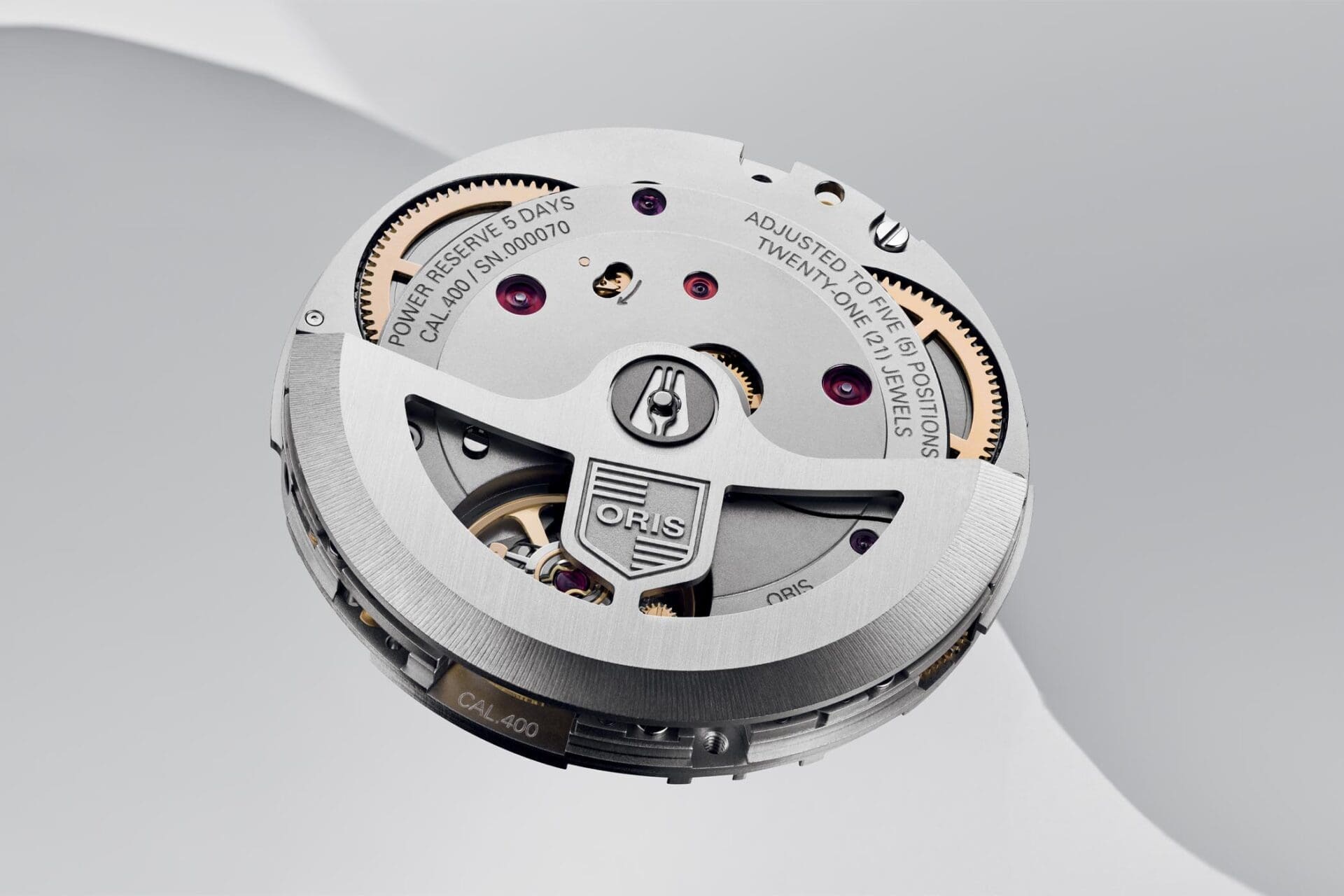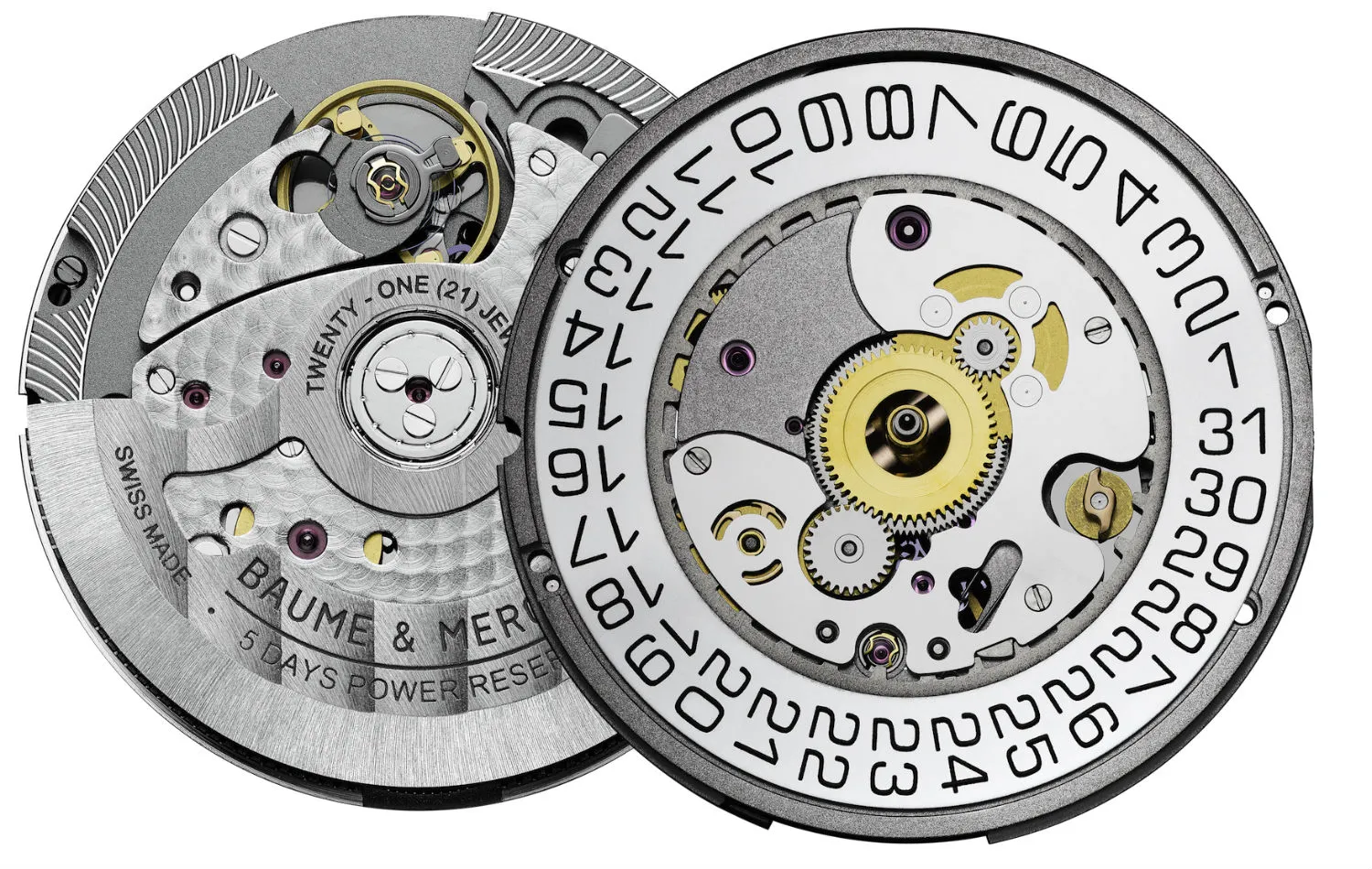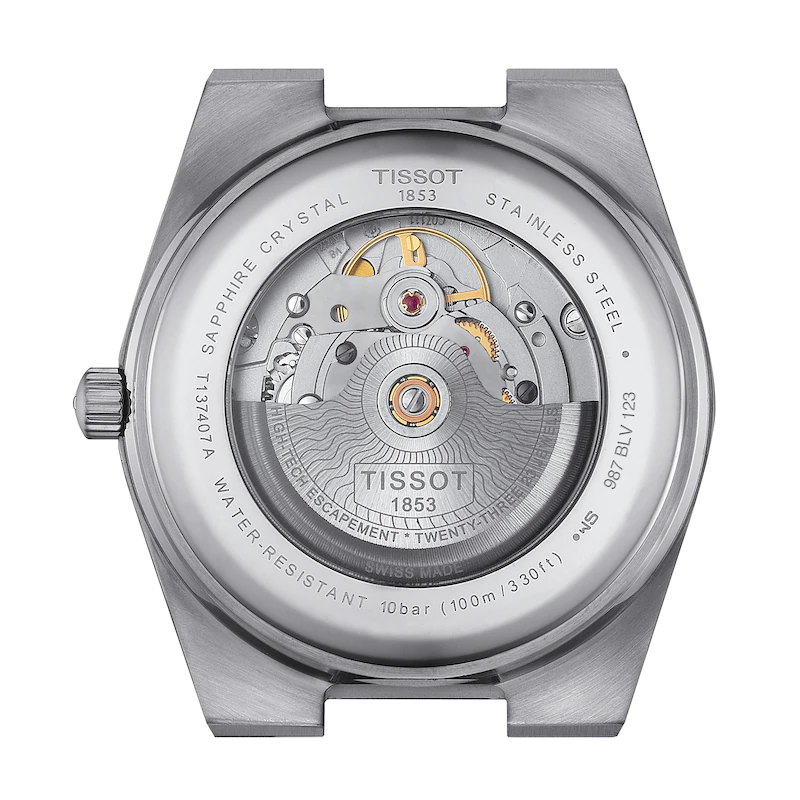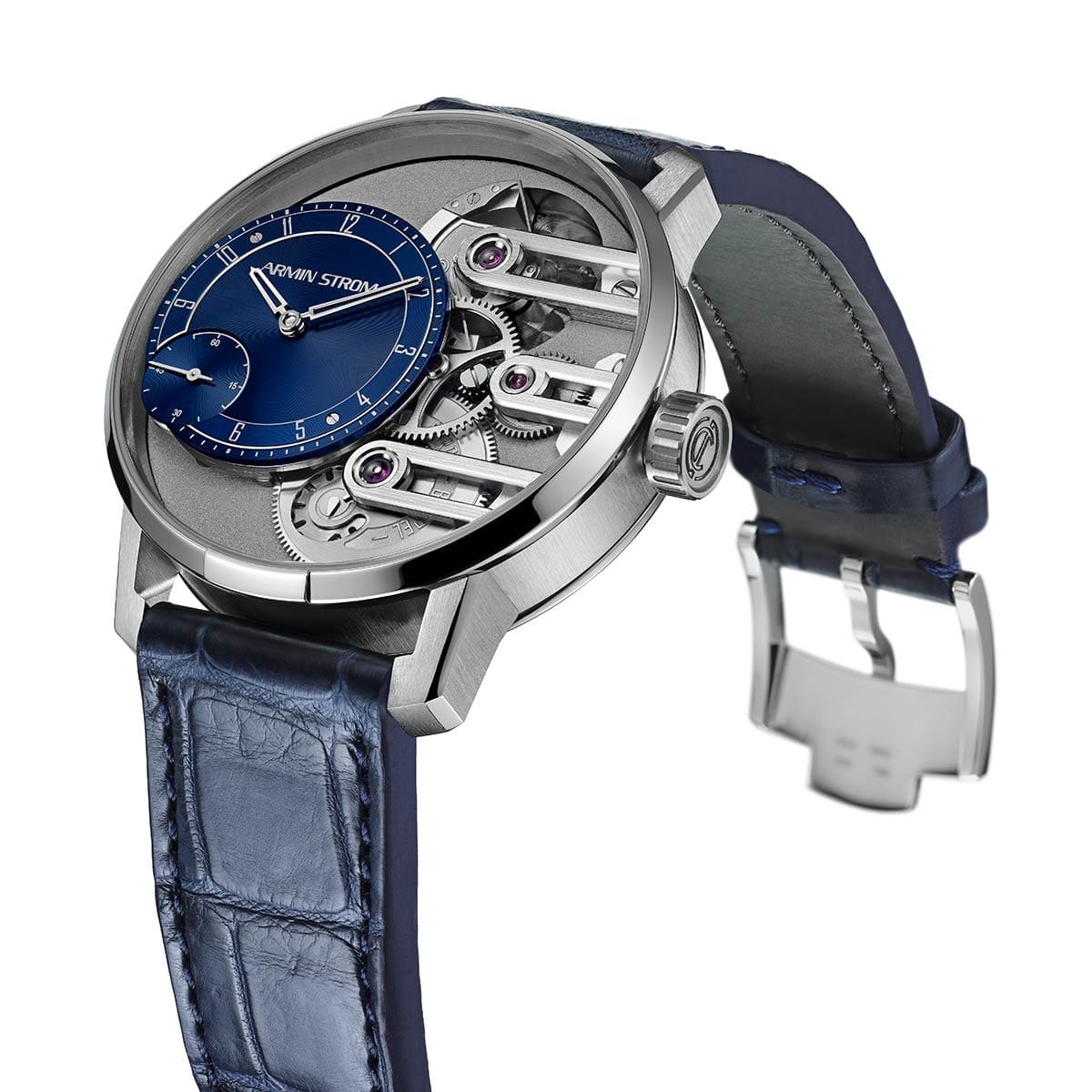What’s all the fuss about watches with a longer power reserve?
Ricardo SimeWhen I first got into watches, the concept of power reserve was foreign to me. When it came to the mechanics of a watch, all I knew was that if left on my wrist, I didn’t have to worry about it stopping. Yet as time progressed and the world of watches consumed me, the amount of pieces I owned at any given time grew. Suddenly, the running time left on my watch gained importance as by the time I returned to one, chances are, it needed a wind.

Before I continue, there may be some of you who don’t know what power reserve means. The power reserve of a watch represents the amount of time the watch will run on a full wind, in a static position. This can be affected by the size of the mainspring or the frequency of its balance wheel. A watch’s power reserve can range anywhere from 38 hours to multiple days. The Oris Calibre 400 above, for example, has a five-day power reserve.

With such a range of power reserve options, what is so appealing about a long power reserve? And why are many brands extending the power reserve of their watches?
There are actually two main reasons for the shift. One being a matter of convenience while the other providing a technical benefit.
In terms of the convenience, brands are realising that a good portion of watch buyers own multiple watches. Dealing with a collector who wears one watch consistently for most of their lives is no longer the norm. The new age collector appreciates the ability to put a watch down on Friday, wear another during the weekend, and return to Friday’s watch on Monday without having to set the time and wind it. That’s only possible with a watch with a power reserve that’s at least 50 hours long.

As for the technical benefit of a long power reserve, that has to do with torque and the constant force of the energy travelling from the unwinding mainspring to the balance wheel. To understand this, let’s use the 80-hour power reserve of the Tissot PRX’s Powermatic 80 as an example. As the mainspring in the Powermatic 80 begins to unwind, the force it gives off starts off high. Yet, at a point, let’s say with 20-30 hours left, the force given off begins to diminish to a point where it has a more pronounced affect on the movement of the balance wheel and hairspring. Which then affects timekeeping.
This is why often you’ll hear how towards the end of a mainspring’s wind, the +/- rate at which the watch runs starts to vary.
Some brands have remedied this. Armin Strom stops the mainspring’s release of power so only the most constant portion is used. Yet the simplest solution for most brands is to raise the power reserve of the watch. That in turn raises the portion of it supplying the most constant amount of power.
Overall, as the watch industry continues to grow, I see more and more brands leaning heavily into providing longer power reserves. Yes, there are still movement manufactures like ETA and Sellita making a large amount of 38 and 42 hour power reserve movements. These numbers still represent the standard. However, too many customers enjoy the benefits that a longer power reserve provides for these companies to continue to ignore. And it won’t be long before that standard increases.




